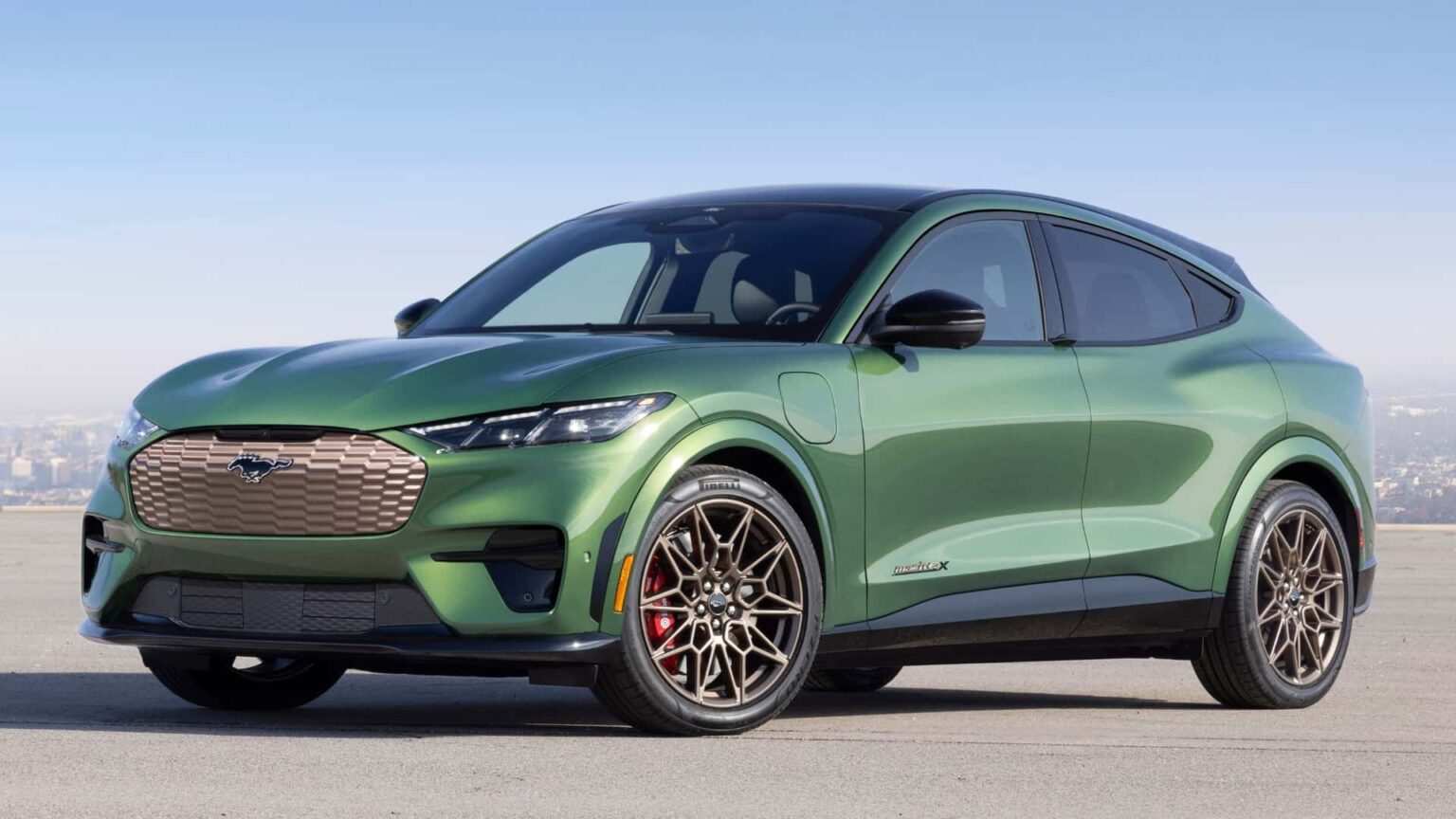Electric vehicles are still generally unprofitable due to the high costs associated with making batteries, which remain the priciest component of an EV. Tesla’s first profitable year was not until 2020. Last month, General Motors said it’s finally starting to make some money with electric cars. Ford’s Model e division, responsible for zero-emission vehicles, had a difficult 2024 and is bracing for another tough year.
While detailing its financial results for 2024, the Blue Oval admitted it incurred a full-year EBIT (earnings before interest and taxes) loss of $5.1 billion. Things could be even worse this year, as the Dearborn automaker predicts Model e will report a loss of $5 billion to $5.5 billion. As bad as this sounds, Ford remains optimistic since some money goes into EV investments. In addition, it reported $1.4 billion in “cost improvements” last year for the Model e branch.
Although Model e is hemorrhaging money, Ford sold 34.8% more EVs last year in America, where shipments grew to 97,865 units. Hybrids were also up by 40.1% 187,426 vehicles. However, the gas-fueled vehicles did all the heavy lifting, reaching 1,793,541 units, or +0.2% vs 2023.
2024 marked the 47th consecutive year that the F-Series was the best-selling truck in the United States, but Ford’s boss concedes large EVs have “unresolvable” issues. During this week’s 2024 financial conference call, CEO Jim Farley said electric vehicles are not a “good technology” for towing since their batteries are “too big.”
But it’s not just that. Farley said big EVs suffer from worse aerodynamics and are heavier than their gasoline counterparts, so a large and expensive battery is needed to deliver a decent range. Ford is taking its time with the next wave of electric vehicles, delaying the new midsize pickup to the end of 2027, or about 18 months later than initially expected.
In February 2024, Farley mentioned a “skunkworks team” in charge of developing a new low-cost platform to underpin cheaper EVs that would rival “affordable Teslas and Chinese OEMs.” Additionally, engineers are working on extended-range electric vehicles (EREVs) with a gas engine serving as a generator to juice up the battery. As seen in the Mazda MX-30 R-EV, which has a rotary engine that behaves like a generator, the ICE won’t be mechanically linked to axles. Instead, the electric motors will drive the wheels. Pushed back to 2026, the Ram 1500 Ramcharger will be an electric truck with a range-extending gas engine.
Elsewhere, Ford canceled a three-row electric SUV in 2024 after realizing the math wasn’t working in its favor. This move cost the company $1.9 billion. The large EV with an estimated 350-mile range was supposed to come out this year before it was delayed until 2027 and subsequently scrapped. John Lawler, Ford’s Chief Financial Officer, explained last August why the project was terminated:
“We looked where the segment was involving the amount of competition the customer needs, and then the size of the battery that needs to go in a pure EV vehicle, the cost structure, the pricing, we could not put together a vehicle that met our requirement being profitable in the first 12 months of launch, and we’re sticking to that.”
Ford does sell a large electric SUV in Europe branded the Explorer, but it’s different from the namesake gas model available in the United States. Essentially, it’s a reskinned Volkswagen ID.4. Similarly, the new Capri is basically a VW ID.5 underneath.
Looking ahead, Farley says new models will use unibody and body-on-frame platforms that support both combustion engines and purely electric drivetrains, making it easier for the company to spread out costs. The multi-energy architectures will allow Ford to respond quickly to shifting market trends.
However, Bloomberg reports that the cheaper EVs and EREVs will not hit the market until 2027, so staying competitive in the next couple of years will be difficult.
Read the full article here



